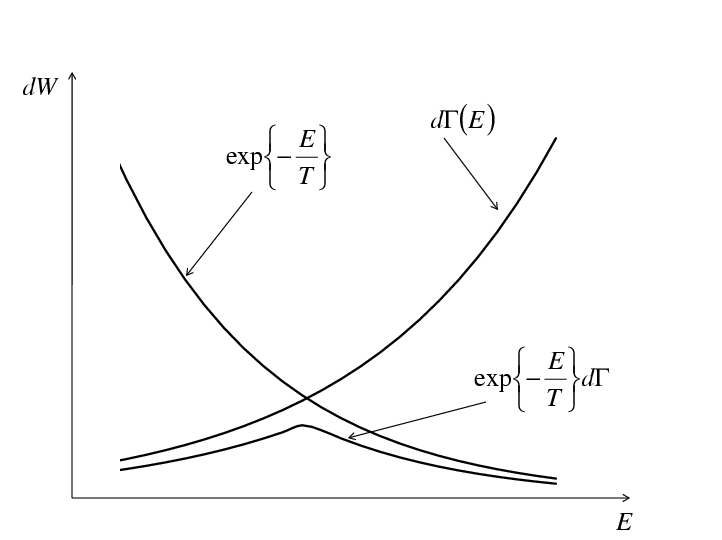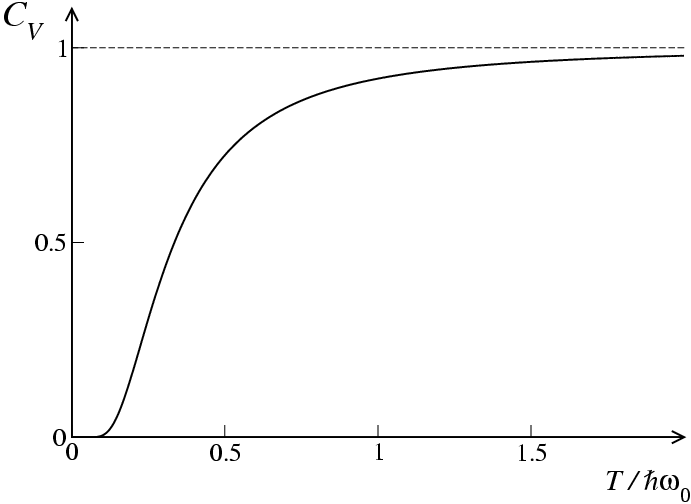Statistical Thermodynamics:
Understanding the Properties of Macroscopic Systems
Lukong Cornelius Fai - ICTP Trieste, Italy; University of Dschang, Cameroon
Gary Matthew Wysin - Kansas State University, U.S.A.
Published 2013,
Taylor & Francis Group of CRC Press
This book gives a detailed overview of how to apply statistical principles to obtain the physical and thermodynamic properties of macroscopic systems. It is intended for physics, chemistry and other science students generally at the graduate level (masters and PhD) although the earlier chapters should be understandable by advanced students pursuing a bachelors degree in physics or related sciences.
The book starts with fundamental principles of statistical physics, then goes to thermodynamics, where the criterion for equilibrium is that the entropy be a maximum. Statistical physics of equilibrium systems is constructed using the Gibbs formalism of equal probabilities for all accessible states, which is more compatible with quantum mechanics and fits very well with ensemble statistics. From the Gibbs formalism the Maxwell-Boltzmann, Bose-Einstein, and Fermi-Dirac statistics follow in a more logical manner. Lattice dynamics is treated in detail and clearly brings out understanding of condensed bodies.
The lectures aid very well in the understanding of condensed matter physics. Applications are made on polaron theory. the electron gas in a magnetic field, thermodynamics of dielectrics in an electric field, thermodynamics of magnetic materials in a magnetic field. The last chapter describes statistical thermodynamics using functional integration and Feynman path integrals. The book has a wide range of problems with solutions that help to explain the theory.

